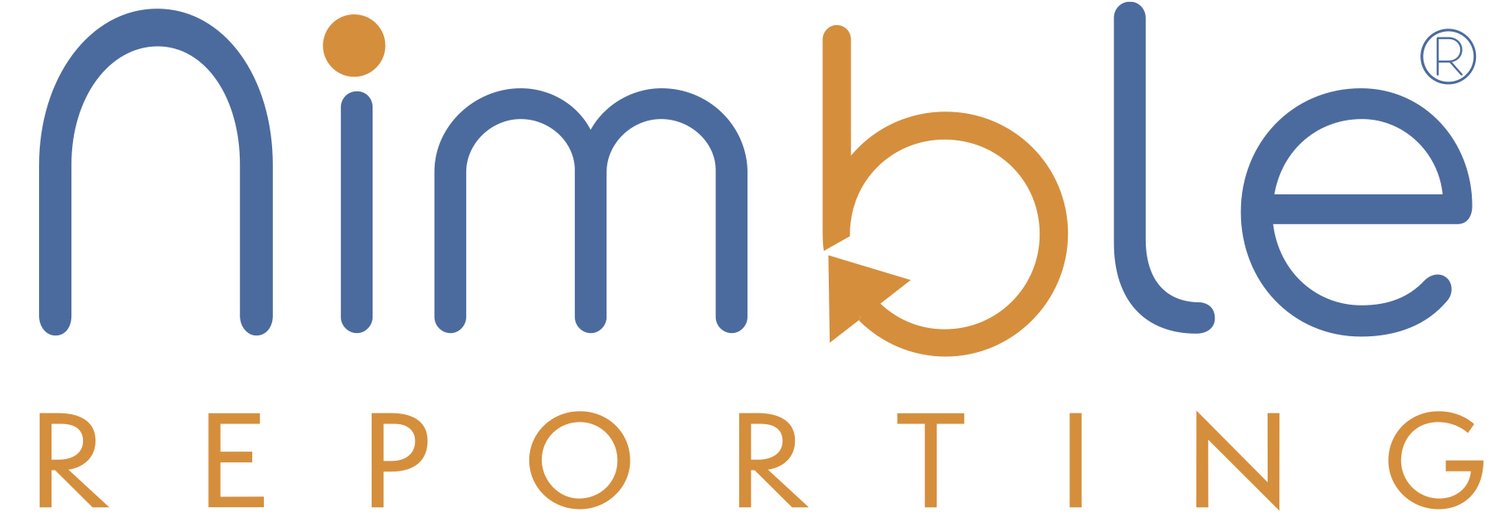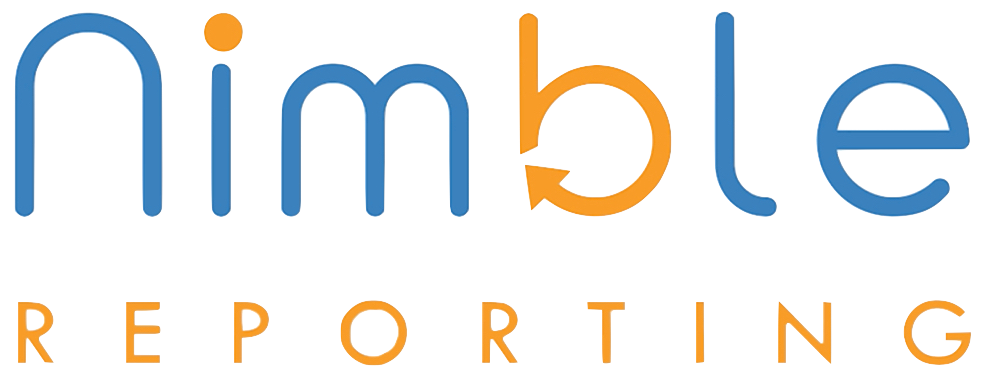Payroll innovation can enhance employee engagement and efficiency
Payroll is a moving target for most companies, especially small and mid-market businesses. Shifting attitudes about life/work balance, resignations, Covid and remote working and new benefits offerings and compensation to keep employees happy are just some of the elements that are affecting payroll. Here are some ways that you can innovate to keep up with the rapid changes.
FROM MY STARTUP WORLD / BY GERHARD HARTMAN
To become innovative people companies, small and medium businesses (SMBs) are reinventing the way they acquire, engage and manage their people in the face of strong competition for the best talent. As they embark on this journey, one of the best places to start is by looking at the payroll with fresh eyes.
Many companies see payroll administration as a routine, repetitive, compliance-driven part of their business. But the payroll forms a key part of the employee experience. Getting it wrong can harm employee satisfaction, while doing things right can boost employee engagement. Furthermore, the payroll function offers low-hanging fruit in terms of improving efficiencies.
Automate repetitive, low value activities
Many SMBs are still using manual processes or obsolete software to manage their payrolls. They rely heavily on emails, spreadsheets and even paper to manage their payroll processes. This method allows human error to creep into the equation, ties up time that could be spent on more strategic business elements and can cause employees frustration.
The innovation that has changed this scenario is the advent of modern, cloud-based payroll software. Today’s online payroll solutions are affordable and accessible to organisations of all sizes.
Manage finances, operations, and people
Once an organisation has an automated payroll in place, it has a foundation on top of which it can build better employee experiences and data-driven decision-making. With an automated payroll in place, many SMBs look toward deploying an integrated solution for payroll, finance and HR. This can help automate repetitive, low value activities right across the business.
For example, if an employee’s details are changed on the HR software, the data can be automatically updated across financials and payroll. This saves even more time and improves data quality. Everyone in the organisation can access business insights based on clean, reliable data. This can help teams collaborate to make better decisions about growth and the workforce based on real-time insight.
Enable employees to help themselves
The payroll is an important touchpoint in the employee’s journey with the company. For SMBs seeking to become innovative people companies, employee self-service is a powerful way to improve employee satisfaction.
With employee self-service, employees can use a website or an app to apply for leave, manage expense claims, update personal details like bank accounts and next-of-kin information, apply for training, and view current and previous payslips. Managers, meanwhile, can approve transactions, manage performance reviews, view leave calendars and more.
This eliminates repetitive, manual processes and gives valuable time back to employees and the payroll team, supporting SMBs to spend less time on admin and more time focused on strategic activities. It also empowers employees to own their personal data and interact with HR and payroll at their convenience.
What’s coming down the line?
Although payroll hasn’t traditionally been associated with innovation, we can expect digital technology to change this function significantly in the years to come. With machine learning and artificial intelligence (AI) helping SMBs streamline their businesses, we can expect these technologies to start permeating payroll.
For example, we could envisage AI-powered chatbots helping employees with questions about their payslips or with filing leave applications. AI and robotic process automation (RPA) could also play a wider role in automating processes in the back-office, such as generating reports or identifying anomalies and correcting errors in the payroll. The digital innovation journey is just beginning for the payroll.


